Protein is best known for helping maintain strong muscles, healthy skin and shiny hair. That’s true whether we’re talking about humans or dogs. When it comes to pets, however, it’s important for caretakers to learn how to balance high-quality sources of protein with a dog’s specific dietary needs.
Keep reading for guidance about how much protein is in dog food, daily needs and other tips for supplying proper nutrition.
How Much Protein Does Your Dog Need?
Dog protein needs vary based on life stage, activity level and underlying health conditions.
Widely accepted nutrient profiles established by the Association of American Feed Control Officials (AAFCO) separate needs into two categories — one for pets that are growing, pregnant or nursing; and the other for adult maintenance.
The minimum concentration of protein needed for growth and reproduction is 22.5%. In adulthood, that figure drops to 18%.
It’s important to note that if you are examining the nutritional value in dry food and wet food, you must convert moisture levels before comparing the two. This is because canned pet food is typically 75% to 78% moisture, while dry food is only between 10% and 12% moisture.
Another aspect to consider is the quality of protein your dog is consuming, including the role of meal. Meat meal in pet food is often highly processed and cooked at high temperatures, which destroys vital amino acids, vitamins and minerals.
In contrast, RAWZ crafts high-meat recipes with only fresh and dehydrated meats and organs, cooked at lower temperatures for short periods of time. That way, proteins and amino acids are left intact and serve as a better source of digestible protein.
Veterinarian nutritionist Dr. Cailin Heinze warns that pets who don’t get enough protein can suffer from health problems, including weight loss, muscle loss, weakness, poor digestion and even dangerous fluid buildup in the chest or abdomen.
Best Types of Protein Sources For Dogs
The best protein sources are highly digestible and provide essential amino acids that contribute to overall health. So, what is the best protein for dogs? Here are some options that your canine companion is likely to enjoy:
In choosing a protein source for your dog, it’s important to consider their individual needs, preferences, sensitivities and allergies. It is always a good idea to consult with a veterinarian to ensure that your pet is receiving the proper nutrients.
Is High Protein Good For Dogs?
Trends in pet nutrition tend to follow, or at least be influenced by, human feeding fads. In recent years, that means a huge push toward protein-focused diets. It’s important to remember, however, that too much of a good thing isn’t ideal. The table below explains benefits and risks of a protein-rich diet for dogs.
|
Benefits of proper protein consumption |
Risks associated with too much protein |
|
● Grows and repairs tissue ● Promotes muscle health ● Maintains energy and stamina ● Healthy skin and coat ● Stimulates cell repair and maintenance ● Immune system support ● Enhances nutrient absorption |
● Kidney strain ● Nutritional imbalance; not enough of other essential nutrients ● Weight gain ● Digestive tract irritation |
Evaluating Dog Food Protein Content
Nutrition labels can be overwhelming on any product. When it comes to pet food, most states have adopted a version of the AAFCO Model Pet Food Regulations to keep consistent with reporting ingredients, manufacturing, distribution, labeling and more. These are some of the standard AAFCO expectations:
- All ingredients must be listed in descending order of predominance by weight.
- Amounts of certain nutrients in the product must be made clear.
- A nutritional adequacy statement specifying what type of pet and what life stage the product is intended for.
- Feeding instructions, especially for most pet food products that claim to be complete and balanced. By definition, “complete” means the product contains all required nutrients. “Balanced” means nutrients are present in appropriate ratios.
A full analysis is typically found on the back side of the package, near the ingredient list. These are the four basic nutritional guarantees that are required for pet foods:
- Minimum percentage of crude protein
- Minimum percentage of crude fat
- Maximum percentage of crude fiber
- Maximum percentage of moisture
“Crude” refers to the method of determining protein, fat and fiber content.
Meeting Protein Needs Through Balanced Nutrition
While protein is a vital macronutrient for tissue growth and recovery in dogs, we must ensure that our canine companions receive all needed macros through a balanced diet.
Healthy fats are not only essential for muscle and joint health, but fill other vital physiological needs; while carbohydrates, although not considered essential, can serve as a highly digestible, quick energy source. When combined with feeding a diet that’s complete and balanced at the micronutrient level, quality protein intake contributes to a happy, healthy canine life.
FAQs
Q: What are some possible signs that my dog isn’t getting enough protein?
A: When a dog is not receiving adequate protein from their diet, the animal will progressively show signs of weakness over time, such as weight loss and a coarse coat lacking shine.
Q: How much protein is in dog food?
A: The exact amount of protein in dog food varies by product, but most manufacturers abide by labeling standards set by the AAFCO which promote clarity for consumers.
Q: How much protein should a dog have daily?
A: For dogs in growth and reproduction phases, the suggested daily minimum concentration of protein is 22.5%. In adulthood, that figure drops to 18%.
Q: When should I reduce my dog’s protein intake?
A: Because the liver and kidneys are responsible for processing protein, pets with disease in those organs may be encouraged to consume less. Consult with a veterinarian if you have any questions or concerns.
Q: Do high protein diets cause aggression in dogs?
A: This is a common misconception. Veterinarian nutritionist Deborah E. Linder explains that more research is needed to fully understand the potential behavioral impacts of various protein contents in canine diets.
What research does show, according to Linder, is that it's amino acids (rather than protein levels) in food that guide behavior by affecting neurotransmitter synthesis in the brain.
At the end of the day, the happiest and healthiest dogs are well fed — and that includes adequate protein. At RAWZ, our recipes include protein-rich ingredients sure to satisfy any pet’s palate. Explore our options for minimally processed wet and dry dog food online, or find RAWZ in a store near you.






